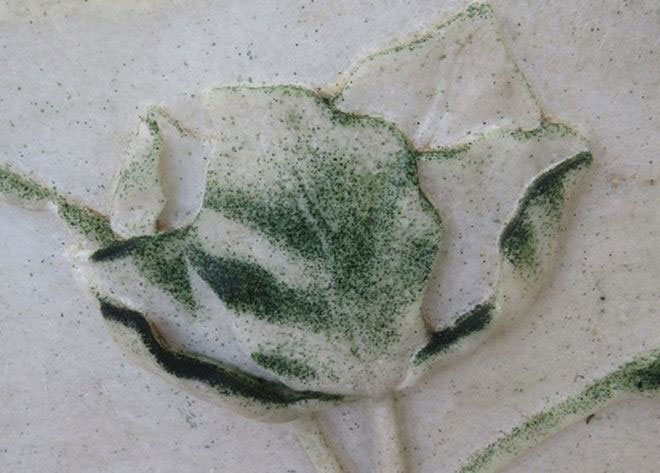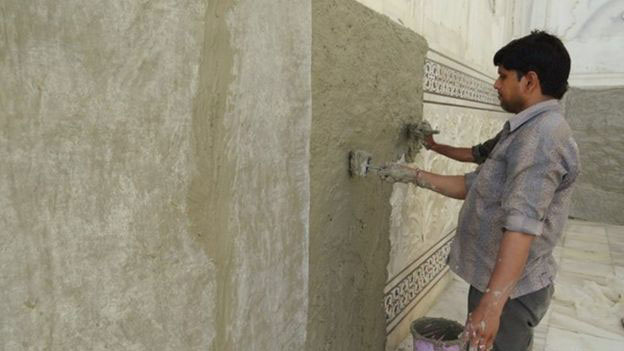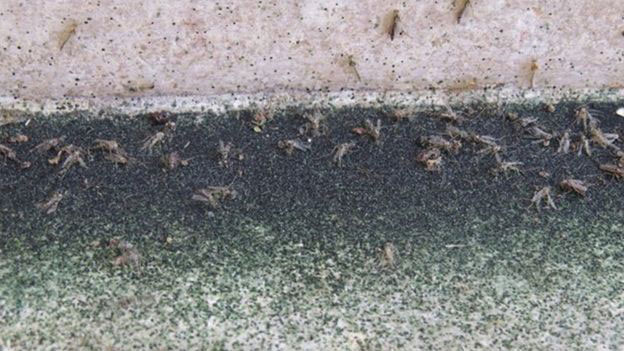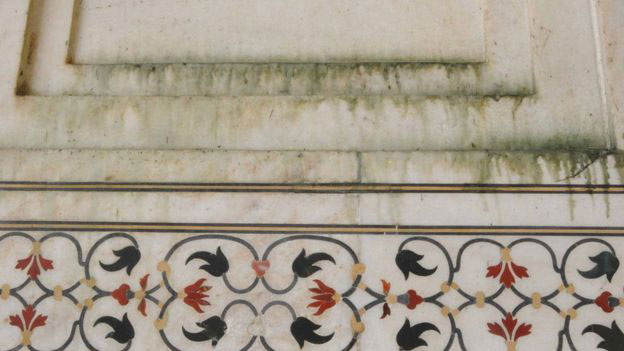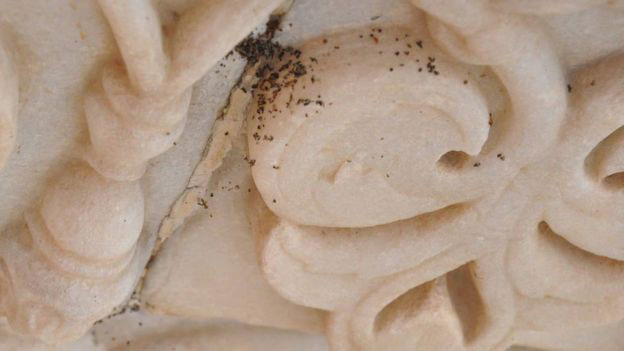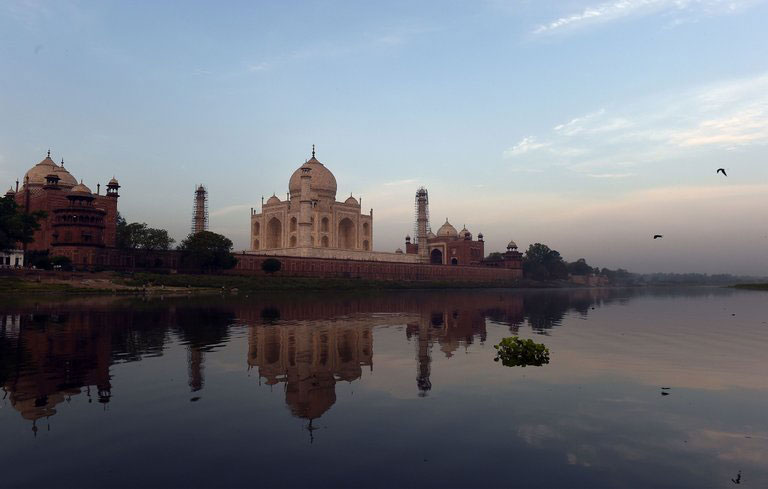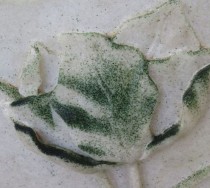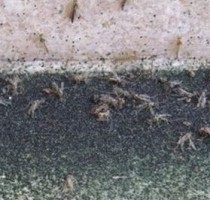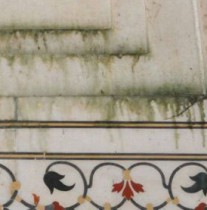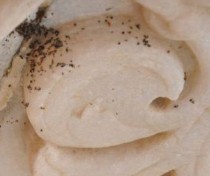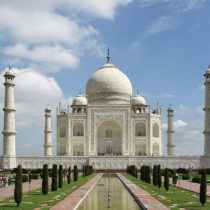The marble of Taj Mahal is turning green due to droppings of insects from a polluted river. The 17th century monument is full of green and black patches of waste on its walls, which need to be scrubbed and cleaned every day. Although the stains can be cleaned, such a frequent scrubbing is damaging the sheen on the marble and the floral mosaics, according to Bhuvan Vikram of the Archaeological Survey of India. Water and clay patches have been used to remove the stains, but a more permanent solution needs to be found.
The insect, called Chironomus Calligraphus (Geoldichironomus), is coming from the nearby polluted Yamuna river. Environmentalists say that the river is so polluted that the fish that kept insects populations under control are dying, causing an overpopulation of the Geoldichironomus. The insect breed on heavy algal growth and phosphorus deposits from ash dumped by a nearby cremation ground, says Girish Maheshwari, head of the Department of Entomology at St John’s College, Agra. He also said that the discolouration aside the green secretions on the marble are not themselves harmful to the monument.
Officials have been trying to deal with the problem at its root, which means the river must be cleaned. Studies have been ordered to analyse the causes of the pollution so that a solution can be found. A petition has been filed over the insects in the National Green Tribunal, an environmental court, last week. On Monday, the National Green Tribunal issued notices to the central and local authorities, including the Ministry of Environment and Forests, telling them to respond to the petition this month.
